Karnak Temple Luxor
Karnak Temple is a huge complex of temples and religious buildings located in Luxor, Egypt. It was built on the occasion of the god of war, Amun-Ra, and was used as a religious and administrative center during the New Kingdom of Egypt. The temple was built in different stages and includes many embankments, chapels and courtyards. The main hall of the temple is distinguished by the Great Temple of Amun, which includes a row of columns more than 14 meters high and a courtyard surrounded by walls with a length of 100 meters. Karnak Temple is one of the largest and most beautiful ancient sites in the world and an architectural masterpiece of ancient Egypt.
From $1,250
Date of Establishment of the Temple:
The Karnak Temple was built in different stages over a period of more than 1,500 years, from the Middle Kingdom to the Ptolemaic period in the history of Egypt. The religious complex was dedicated to the god Amun-Ra, and was used as a religious and administrative center during the New Empire in Egypt. The original complex began as a small temple dedicated to the god Amun and was built by Pharaoh Senusret I in the 13th century BC. Over time, other pharaohs expanded and improved it, including Thutmose I, Hatshepsut, and Ramesses II. During the reign of Amenhotep IV (Akhenaten), construction of a temple began in the city of Akhetaten (now Amarna) in honor of the god Aten.
After his death, however, his successor Tut abandoned the project and restored the traditional worship of Amun at Karnak. After that, the Karnak Temple fell into disuse and was abandoned during the Ptolemaic period. In the first century BC, the Roman Egyptians moved the temple and are known to have repaired it and built some new structures. In short, the history of Karnak Temple is long and complex, and it has many stages of construction and changes in its function and worship over the centuries.
Within the Karnak temple complex, there are further smaller temples and shrines dedicated to various Egyptian gods and goddesses. Among these temples are:
It is the main and largest temple in the complex and is dedicated to the god Amun. This temple was built during the New Empire and expanded and renovated during several periods later.
It is a temple dedicated to the goddess Mut, wife of Amun. It is an example of New Empire architecture and is known for its statues of the goddess.
It is dedicated to the god Mentu, the god of war. It was built during the New Empire and includes a large number of inscriptions and carvings describing Mentu's relationship with other Egyptian deities.
It is the temple dedicated to the god Ptah, the creator of the universe according to Egyptian mythology. It is one of the oldest temples in Karnak and dates back to the Middle Empire.
It is a temple dedicated to the god Khonsu, the son of Amun and Mut. It is an exceptional example of neo-imperial architecture and features a carved portal.
These temples and shrines form part of the Karnak temple complex and are important examples of the religious architecture of ancient Egypt.
The temple is located 3 km north of Luxor Temple and is connected to it via the Sphinx Street. To get there, you must first go to the city of Luxor. You can get there by plane or train from different cities of Egypt such as Alexandria, Cairo and Hurghada. If you are taking a Nile cruise from south to north, you will also reach Luxor by boat from Aswan.
The temple is open from 6 am to 6 pm for regular visits, with or without a tour guide. There are also sound and light shows at night, where you can enter the temple and listen to the history of the temple while different parts of the temple are illuminated with lights. There are Spanish sessions on Monday and Friday at 10:30 pm and English sessions every day

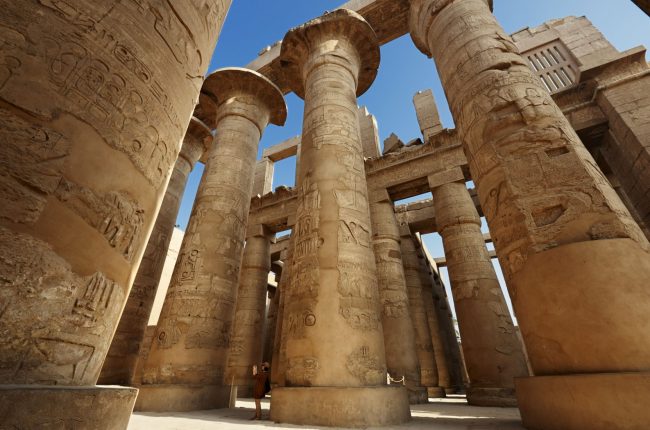
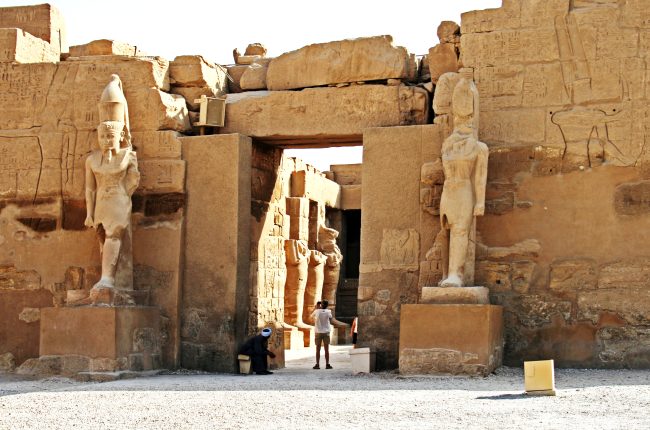

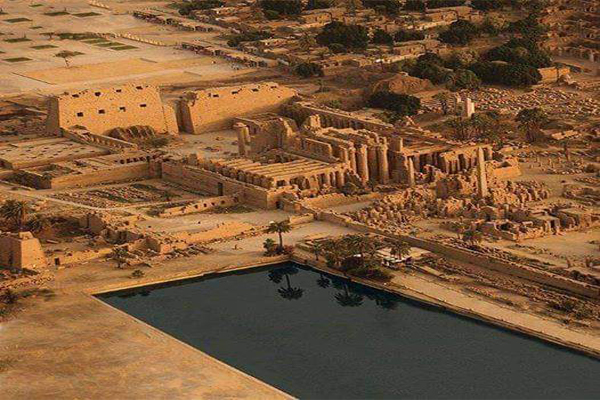
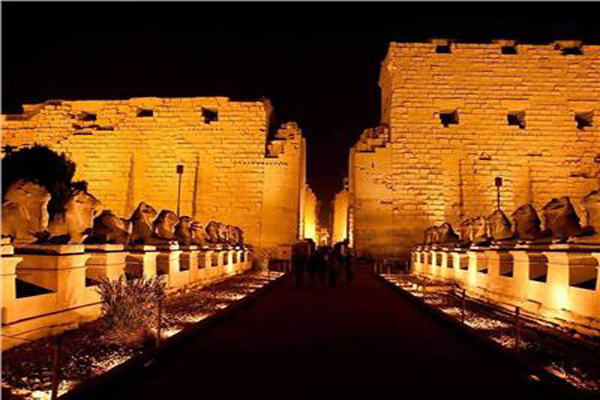
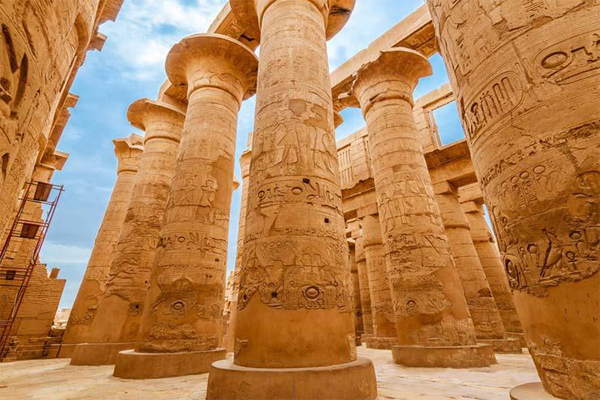
No comment